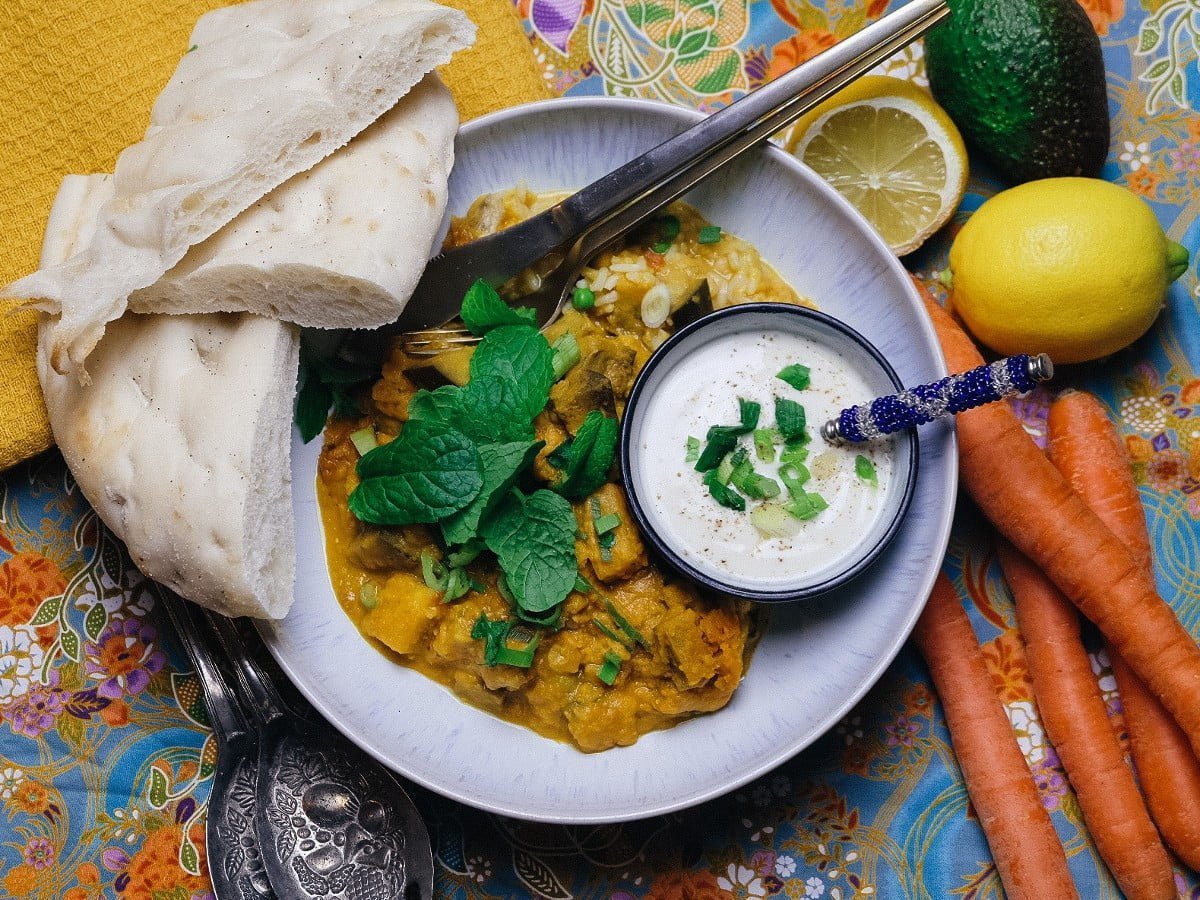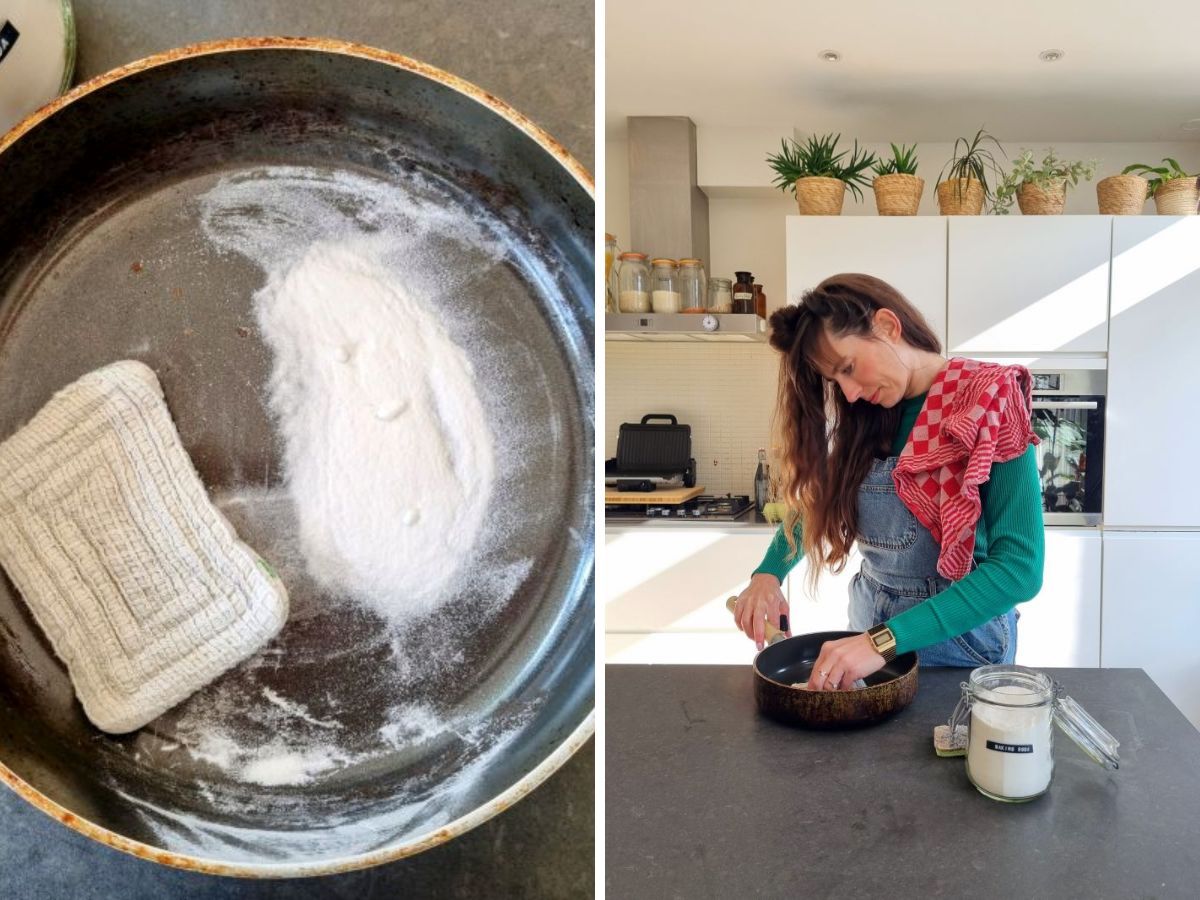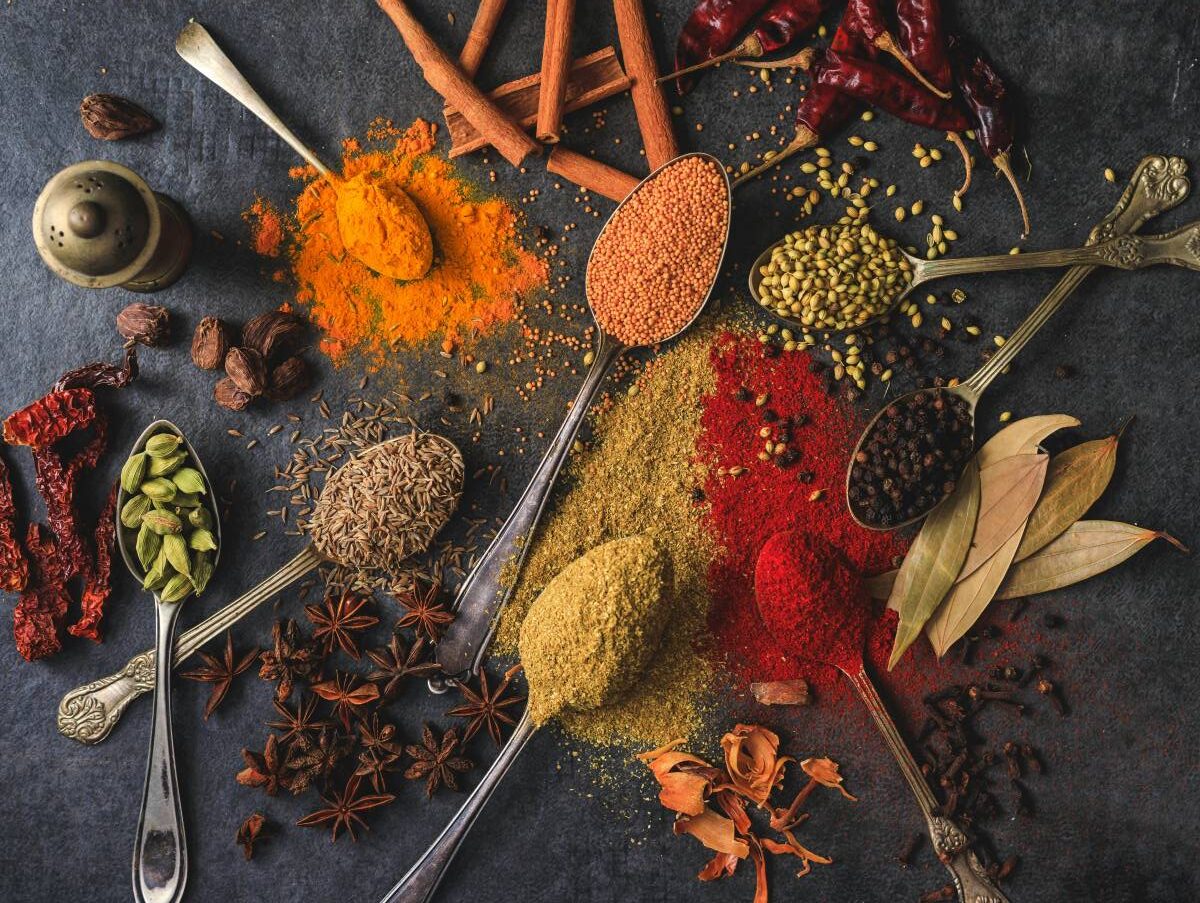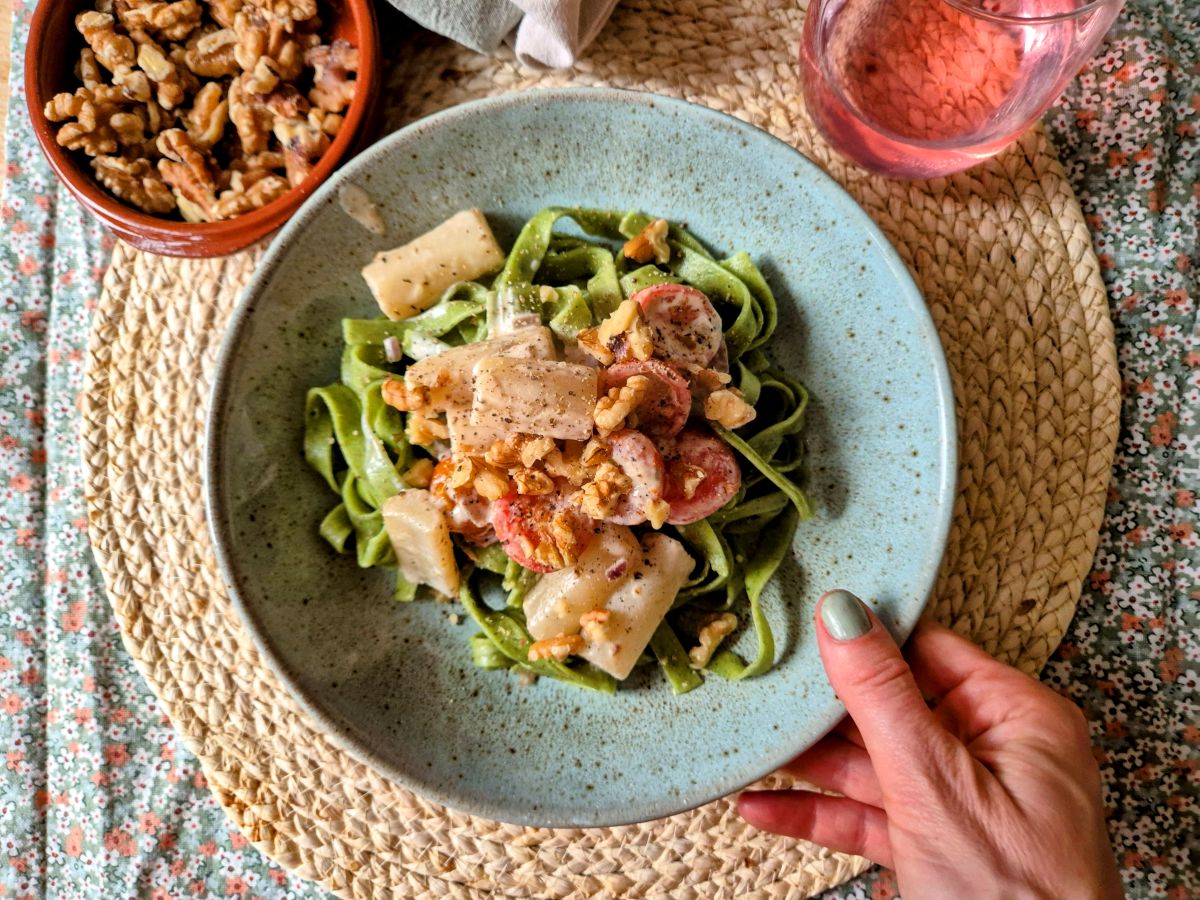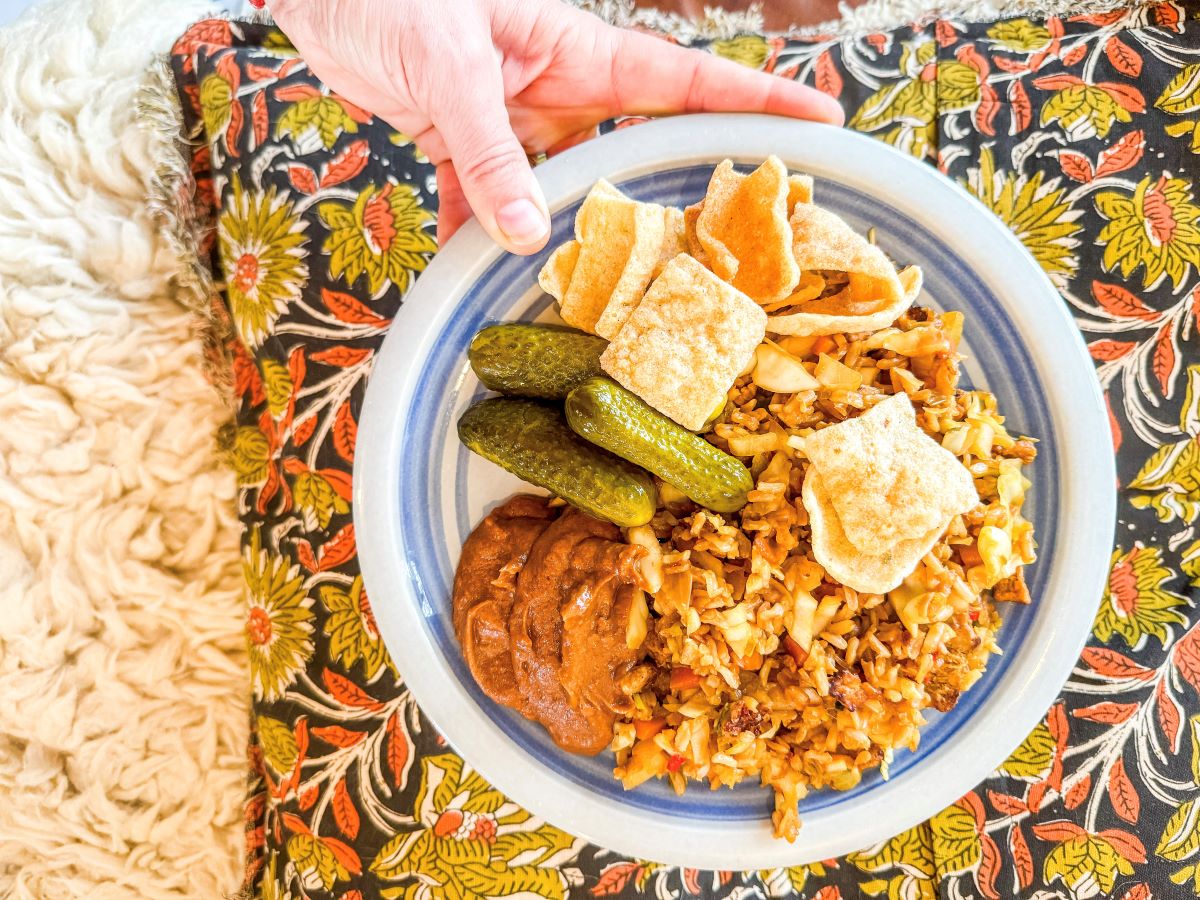Every foodie and anyone interested in a sustainable lifestyle has heard of the term passive cooking by now. The method even caused a real riot in Italy in autumn ’22. Italian physicist Giorgio Parisi gave the media a tip to save gas ‘in these harsh times’: once the pasta water boils, he said, the cooker can be turned off. Don't touch the Italians and their pasta, but the seed was planted. Passive cooking became hip and, what's more, proved useful for much more than pasta. Rice, eggs and pulses can also be prepared this way. And to think that passive cooking is an energy-saving technique that has been around since the nineteenth century!
Passive cooking as an energy-saving cooking technique
Sounds pretty tasty: passive cooking as a counterpart to active cooking. But no, it's not that you don't have to do anything at all. Passive cooking is an energy-saving cooking technique. A technique that is actually not that new at all. Even preparing food in a haybox and the subsequent EcoStoof are, in fact, forms of passive cooking. Techniques that used to be used almost daily to save energy. By turning off your energy source earlier and using the residual heat, your food cooks on while saving gas and/or electricity. In other words: has the product you are cooking reached the right temperature? Then leave your pan alone for a while. By applying this trick, you use as much as eight minutes less gas on average. This reduces the carbon emissions of your cooking moment by 80%. Not only nice for the earth, but also for your energy bill.


Cooking pasta passively saves energy and some say it makes pasta even tastier. Will you try it?
How does passive cooking work?
Ok, so an energy-saving cooking technique. But how exactly does passive cooking work? Let's stay in Italian spheres by using pasta as an example. Bring a pan of water with a little salt in it to the boil. As soon as the water boils, add the pasta in the pan. Let that pasta cook for two minutes. After this, turn off your burner and put the lid on the pan. By putting the lid on the pan, you trap the heat, which this preserves. This heat allows the pasta to continue cooking passively - i.e. without added heat. Of course, how long this passive cooking time takes varies depending on the type of pasta. Spaghetti needs less time than a thicker type of pasta, for example, but all over the internet you can find clever overviews of cooking times. Some pasta brands - the Italian pasta brand Barilla foremost among them - nowadays even put the passive cooking time of pasta on the packaging.
Now, of course, this trick does not only apply to pasta. You can also cook an egg, rice or vegetables this way. The rule of thumb is that if you use water or other liquid and a heat source to cook something, you can also choose the passive method.
Note: are you using meat or fish? Make sure your products have reached the core temperature. This way, you avoid the risk of food poisoning.
Saving energy while boiling eggs
You can also cook eggs passively. Take a small pan and bring your eggs to the boil. Make sure your eggs are just under water, so don't put too much water in your pan. Are your eggs boiling? Then turn off the gas and leave the lid on the pan. This way, the heat in the pan and the water temperature will stay close to boiling point. All you have to do now is wait. Do you normally cook your eggs for 3.5 minutes? Then add two or three minutes with this method for a perfectly soft-boiled egg. By the way, did you know that some people cook eggs in their kettle? It depends a bit on the type of kettle whether you save energy or not, but it is worth a try!
Passive rice cooking
Rice, as well as beans, couscous, lentils and many pulses, can be cooked passively just fine. Again, don't use too much water. If you put too much water in your pan, a lot of water will also have to heat up and that will take longer. Is your water boiling? Then let it boil for another minute or two. A smart rule of thumb is to stick to 1/6 of the normal boiling time. After boiling through, turn off the gas and be patient. Don't sneak a peek, as you will lose your heat. Do you normally cook your rice for 10 minutes? Then stick to double that now for a nice cooked grain. In the meantime, you have your hands free to whip up a tasty sauce.


Can you cook it? Then you can cook it passively. Well, almost then. So you can also passively cook rice, eggs and many more pasta (like) types.
Passive cooking with a haybox or EcoStoof
Even cooking with a classic haybox or even more convenient: a modern EcoStoof is based on a similar principle. Got a taste for saving energy while cooking? Then go ahead and try the haybox method. Because stewing is delicious, but it also takes a lot of energy. After all, your pot will be simmering for at least a few hours for that ultimate, buttery-smooth result. All hours during which you use gas or electricity. By removing your ingredients from the fire as soon as they reach the right temperature and placing them in a haybox or EcoStoof, they will continue to cook while you can get on with other things. This principle works perfectly for a tasty curry, chilli con or sin carne, nasi or a big pan of pasta sauce.
Would you also like to cook passively with EcoStoof?
Does an EcoStoof suit you? Readers of thegreenlist.nl can now buy this handy powerless slow cooker with 10% discount. Use the discount code GREENLIST10 in the EcoStoof webshop and take up this fun and environmentally conscious way of cooking at home too. With an EcoStoof, you use 30% less energy on average. And the great thing is, you can do many more cooking tricks with it. You can also use your EcoStoof to make very quick dishes, like a one-pot pasta that is ready in twenty minutes and stays nice and hot until dinner time. This way, the slow cooker not only saves you energy, but also time in the kitchen. Handy, isn't it?
DIY haybox or DIY EcoStoof
Are you handy? Then you can also making an EcoStoof yourself! If you're not so fluent behind the sewing machine, an old skool haybox might be more for you. It may not be as hip as an EcoStoof, but it's just as effective. Bring your pan of vegetables, pasta, rice or pulses to a boil and place it in an insulated area. This could be a carpentered box with hay, or a hefty pile of newspapers or an old sleeping bag. They used to put the pan in bed sometimes! The idea is that your pan stays hot for such a long time that your food continues to cook.


Slow cooking with EcoStoof®.
Any more tips for saving while cooking?
By using less gas, you save money and don't waste energy you don't need. Passive cooking is one method, but there are more smarts to consider. The simplest tips?
- Choose a pan with appropriate lid.
- Choose a pan with a thicker bottom that retains heat better.
- ... and always put that lid on the pan too.
- Don't put too much water in your pan.
- Once the water boils, turn down the heat to low.
- Opt for single-panel rights.
- Cook for several days at once.
Passive cooking is heart breaking
Passive cooking may have been a cooking method born out of necessity, but the technology is back in heartbeat. Just when we are paying more attention to our energy consumption again, it is the ideal method to save both energy and money. Nothing wrong with old wine in new bottles, every little bit helps! It might take a little more time. Although... the extra time it takes you can be used to prepare that tasty sauce, clean up your kitchen or set the table. Another advantage: because your cooker is no longer on, you don't have to constantly pay attention. So you can do something else with peace of mind. More useful sustainable tips on thegreenlist.nl reading for example!
More sustainable tips from thegreenlist.nl
- Not only good for the environment, but also for your wallet: leftover cooking. See which ingredients are essential in your pantry here.
- Need new pans? Then read in this article why PFAS-free pans are better for the environment and your health.
- Which oil is most durable for frying? You can read it here.
Photo credits: main image & plate with spaghetti: Mahlee Plekker, gas cooker with spaghetti: Gary Barnes (Pexels), pots with rice etc.: Cottonbro Studio (Pexels), curry with rice: Cats Coming (Pexels), Ecostove®.

